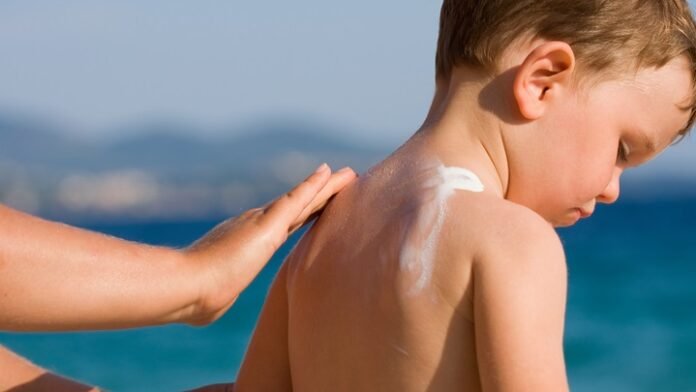Summer invites us to explore the outdoors with long days, fun activities, and sunshine. But too much sun can cause sunburn, which is harmful. Therefore let’s discuss how to avoid sunburn in summer.
Understanding Sunburn:
Sunburn comes from UV rays from the sun or tanning beds. UV damages skin DNA. The classic sunburn symptoms are inflammatory:
- Heat and redness are the major symptoms.
- Oversensitivity to sunlight stings or hurts. Itching is common.
- Skin inflammation can swell sunburned skin.
- Clear fluid blisters may form on severe burns.
- Sunburned skin peels damaged cells for several days.
Skin type, UV intensity, and sun exposure determine sunburn severity. Low-melanin skin burns more easily. Sunburn is more likely between 10 am and 4 pm when UV rays peak.
Treatments for Sunburn
Below are sunburn treatment and recovery steps:
- Cool burned areas using wet towels. Brief respite from burning and pain.
- Dehydration can develop from severe sunburn. Drink water to rehydrate.
- Aloe vera gel or fragrance-free creams treat burnt skin. Natural anti-inflammatory aloe vera calms.
- Treat Pain: Ibuprofen and paracetamol reduce inflammation.
- Coverup and shade: Avoid sun until sunburn heals. Wear loose, breezy garments to shield burned skin.
Skin cancer and sunburn
Sunburn is not carcinogenic, but frequent exposure increases risk. Mutations in DNA cause skin cancer. Unprotected UV exposure alters skin DNA to cancer.
Three main skin cancers:
- Most deadly melanoma kills untreated. This odd mole has irregular borders, color, and a diameter beyond 6 millimeters.
- Squamous cell carcinoma: Red, scaly, bleed-prone patches or masses characterize this skin cancer.
- Basal cell carcinoma, the most common skin cancer, causes pearly or waxy lumps on the face, head, neck, or chest.
Sunburn and skin cancer prevention
Some sun-safe practices prevent sunburn and cancer:
- Sunscreen—Your Best Friend Apply SPF 30 or higher broad-spectrum sunscreen generously and evenly to exposed skin 15 minutes before going outside. More often if you swim, sweat, or towel dry.
- Protect Yourself: Wear long sleeves, slacks, and wide-brimmed hats. Choose densely woven UV-protective fabrics.
- Find shade under trees, umbrellas, or canopies from 10 am until 4 pm. A method greatly reduces UV exposure.
- Avoid tanning beds: UV radiation from tanning can burn and cancer. Self-tanning creams give a healthy glow.
A routine skin exam:
Check for moles, birthmarks, and oddities. Sun-exposed parts need attention. Strange changes require dermatologist attention. Successful skin cancer therapy needs early identification.
Sun Safety for All:
People of all ages, colors, or skin tones must use sunscreen. Darker skin tones can still get UV damage and skin cancer, even though lighter skin tones are more likely to get sunburned. Extra considerations:
- Children are especially vulnerable to UV radiation. Cover them with sunscreen, clothing, and shade during peak solar hours. Keep babies under six months out of the sun.
- Medication Safety: Drugs increase sun sensitivity. Consult your doctor about medication sun protection.
Summertime is for enjoying the great outdoors. Follow the above-given tips to enjoy the sun without harming your skin in summer.



